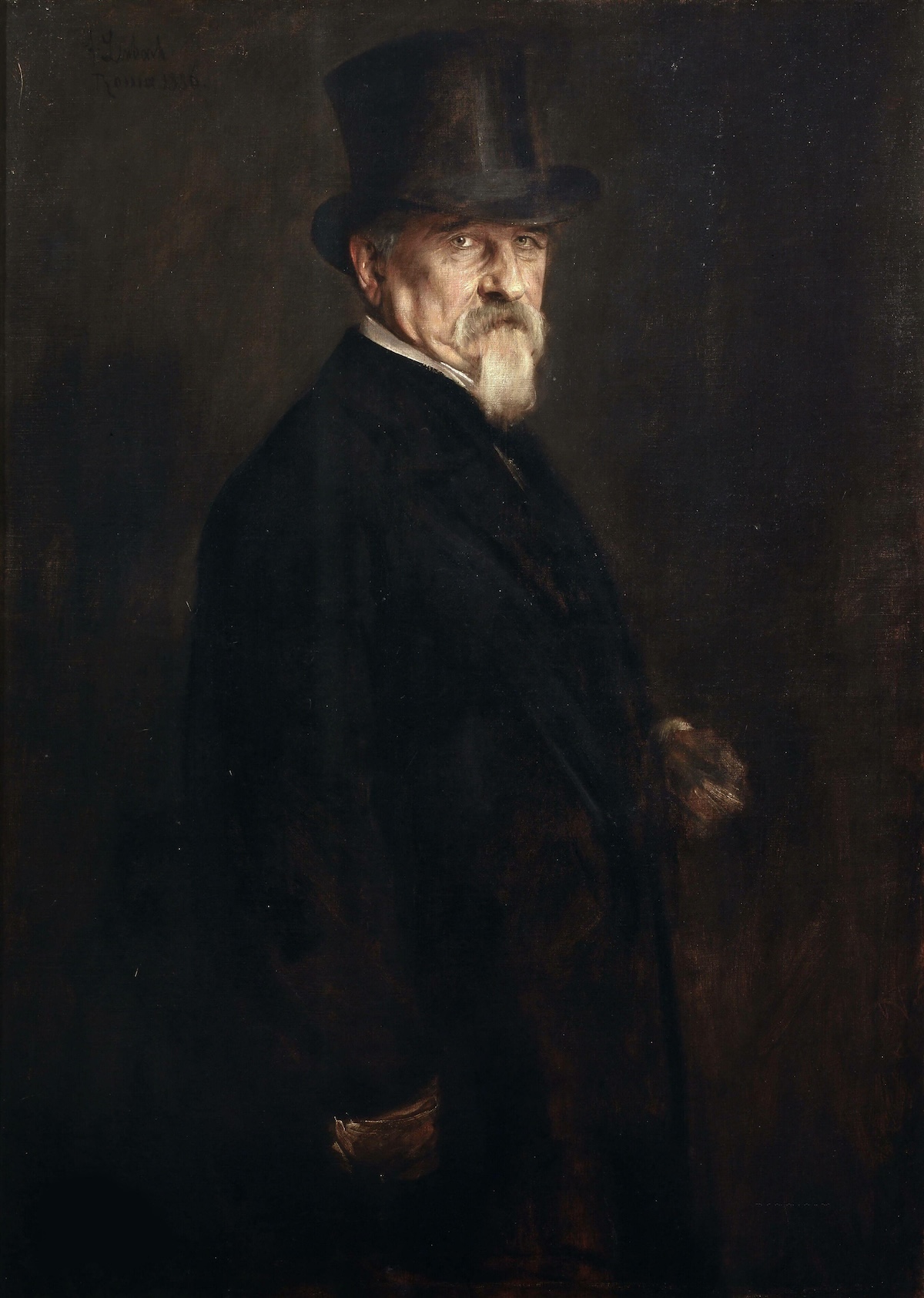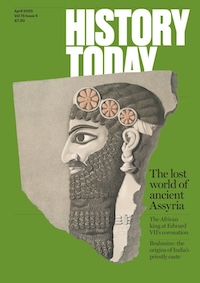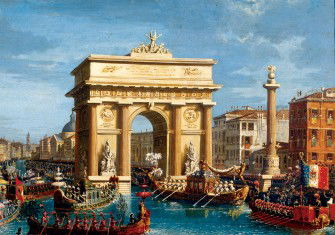The Birth of Giovanni Morelli
Giovanni Morell—later Morelli—was born in Verona on 25 February 1816 beginning a lifetime of dedication to the art of the connoisseur.

Born Giovanni Morell in Verona on 25 February 1816, the Italianised ‘Morelli’ came later. He was educated in Switzerland and then Germany, where he studied anatomy and qualified as a doctor. An ardent nationalist, he fought in the Italian Wars of Independence and sat in the Chamber of Deputies in the first Italian parliament.
But art would prove his real love. More than anyone, it was Morelli who made a science of connoisseurship. A key part of his process was close observation of how an artist handled seemingly trivial aspects of anatomy: the ‘Raphaelesque type of ear’; or Botticelli’s fingernails; or, with Titian, the base of the thumb.
He reattributed hundreds of works, 46 of them in one Dresden gallery alone. He travelled obsessively. In three weeks in Paris in 1886, he examined 40,000 Renaissance drawings.
‘To bickering and strife I am a declared enemy’, he wrote. But he had little time for the ‘dreary dilettantism’ of other art critics, and less for academics: ‘There is little to be learnt from books on art.’ He fought a long, vituperative battle with Wilhelm Bode, a powerful German academic and curator. You can track Morelli’s scorn through the dozens of references to Bode’s judgements – under headings such as ‘paintings wrongly ascribed by’ and ‘erroneous views’ – in the indexes to his work.
The pride of newly formed nations was at stake. National galleries were springing up: their buyers scoured Europe for Renaissance treasures. Morelli’s own attempts to establish one in Italy were rebuffed. The high stakes made him paranoid: he feared assassination at the hands of a conspiracy of art critics. Fond of pseudonyms, his writings on art appeared first in German under the anagrammatic Ivan Lermolieff.
His influence is everywhere: Sir John Beazley, the great expert on Greek vases, copied his methods. Sigmund Freud, who read Morelli before developing his own theories, thought his work ‘closely related to the technique of psychoanalysis’. The last entry in Morelli’s accounts is for a case of good red wine. He had earned it.






